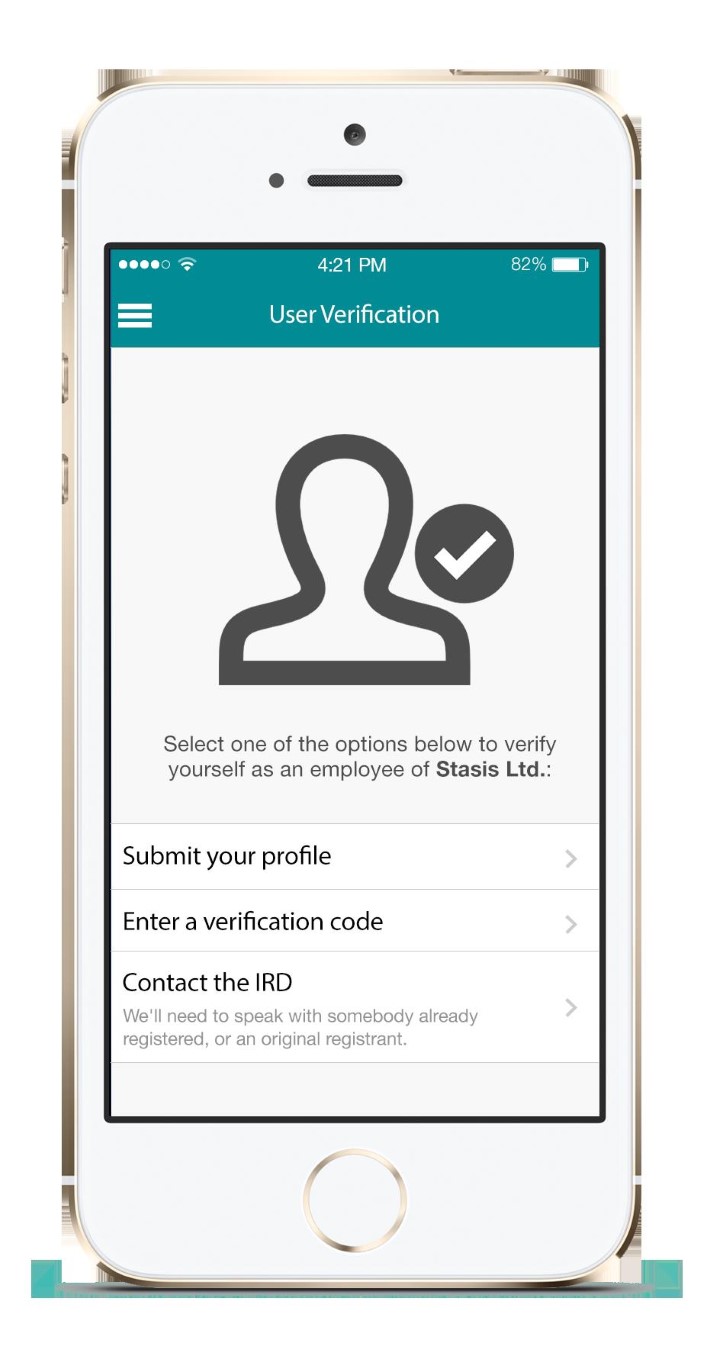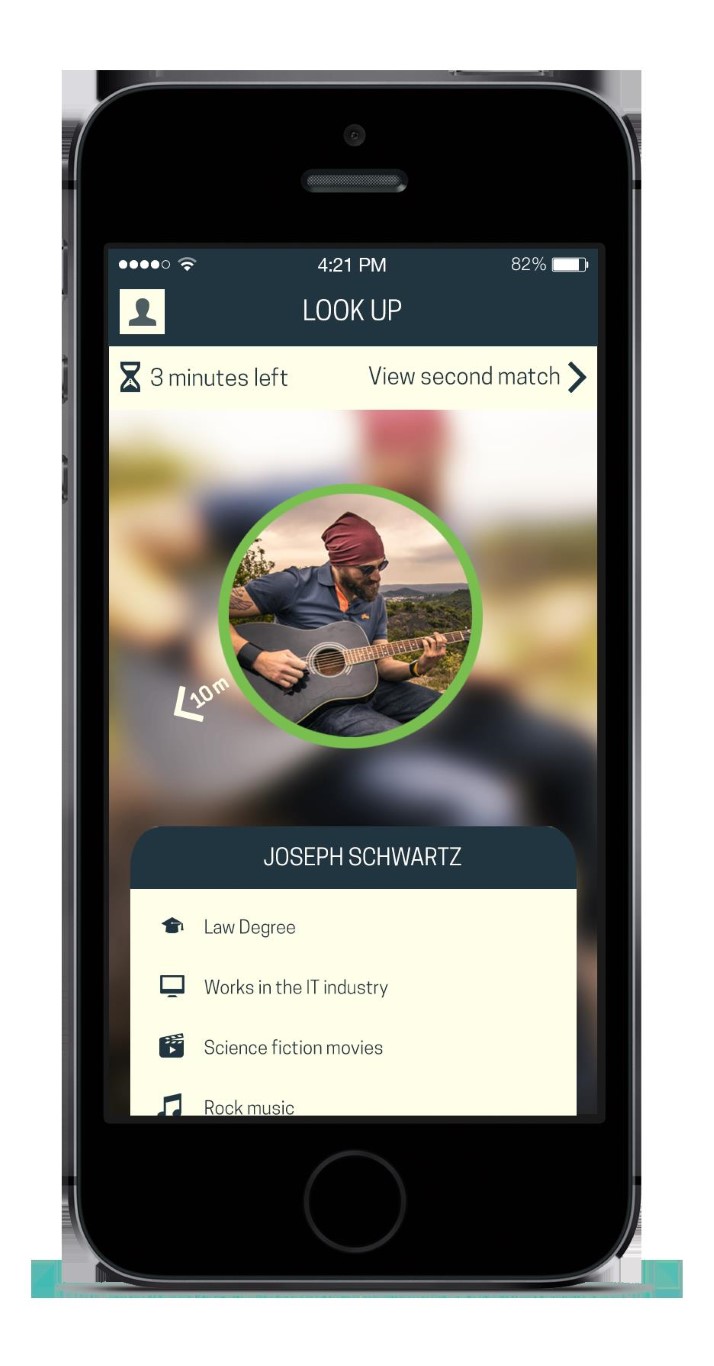Artificial intelligence (AI) is everywhere. From the chatbots that greet us on websites to the self-driving cars that promise to revolutionise transportation, AI is no longer a futuristic fantasy. But how will society's acceptance of this transformative technology develop? The Gartner Hype Cycle offers a fascinating lens through which to examine this journey.
We previously wrote on this blog about how EVs are going through the trough of disillusionment at the moment. We think that AI is about to go through a similar phase in the public’s consciousness.
The AI Hype Train
Let's face it, AI has been on a wild hype train. The initial 'Innovation Trigger' was a burst of excitement about its potential to change the world. We were promised chatbots that could hold conversations as engaging as any human, self-driving cars that would make road accidents a thing of the past, and consumer robots that would take care of our every household chore.
As with any hyped technology, the 'Peak of Inflated Expectations' followed. Sensationalised headlines and overblown promises led to unrealistic visions of an AI-dominated future. This overhype inevitably gives way to the 'Trough of Disillusionment' when projects fail to live up to expectations, investments dry up, and the public starts questioning those grand AI dreams.
Navigating the Roadblocks
Chatbots, for instance, might have seen a dip in popularity during the disillusionment phase. Early iterations were often clunky and frustrating, failing to provide the seamless customer service experience that was envisioned. Similarly, while self-driving technology has made strides, fully autonomous cars navigating complex urban environments remain a way off – potentially putting a dent in public enthusiasm.
But disillusionment doesn't spell the end for AI. We're likely to see a gradual climb up the 'Slope of Enlightenment'. Steady, practical applications in areas like healthcare are where AI will shine. AI-powered diagnostic tools, personalised treatment plans, and robot-assisted surgeries have the potential to demonstrably improve lives. This tangible value could shift public opinion from scepticism to cautious optimism.
The Long Game: AI Acceptance
The 'Plateau of Productivity' is where AI finds mainstream acceptance. This stage is characterised by a balanced understanding of its capabilities and limitations. Think of how we view the internet today – an indispensable tool, but one that comes with risks and requires our vigilance.
Here's where things get tricky in terms of timelines. Different sub-fields of AI will likely move through the hype cycle at varying paces:
Consumer-facing AI (5-10 years): Chatbots and consumer robots could reach widespread adoption relatively quickly. The key will be improved user experience and demonstrable benefits.
Self-driving (10-15 years): While the technology itself is advancing at speed, regulatory frameworks and public trust take time to build. Full acceptance may take a decade or more.
Advanced research AI (>15 years): Projects focused on artificial general intelligence (AGI) may remain in the hype cycle for longer due to their inherent complexity and the ethical debates they ignite.
Building Trust in AI
The journey towards social acceptance of AI isn't just about the technology; it's about the human side of the equation. Here's where focus should lie to make acceptance a reality:
Responsible AI Development: Emphasis on transparency, ethical design, and addressing biases is crucial to fostering trust.
Regulation: Sensible regulatory frameworks will provide guidance to the industry and reassurance to the public.
Education: Demystifying AI through public education initiatives will create informed citizens who can hold realistic expectations.
The road to AI acceptance may be bumpy, but its potential benefits are too great to ignore. By embracing steady progress, building trust, and focusing on real-world value, AI can transition from hype to a truly transformative force in our lives.






























